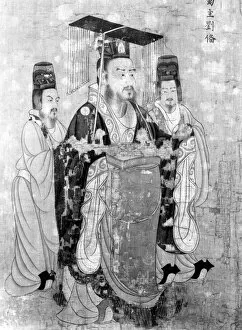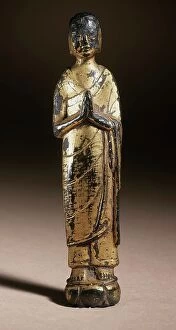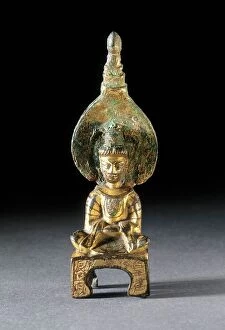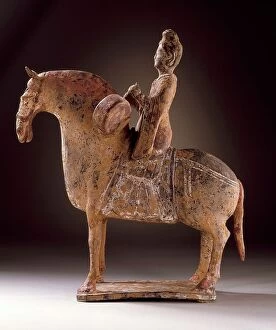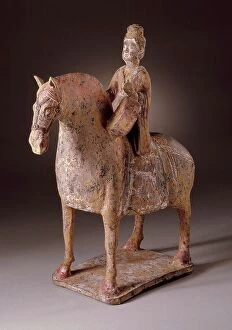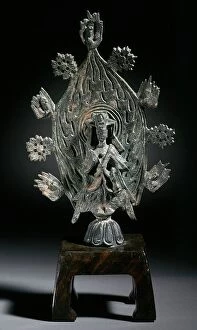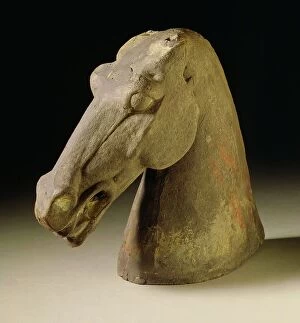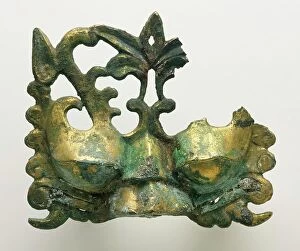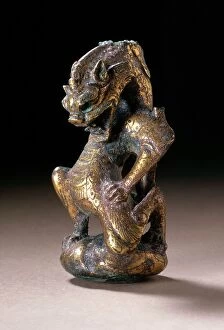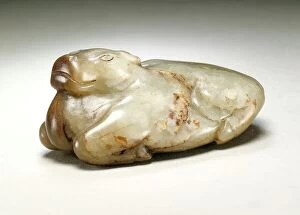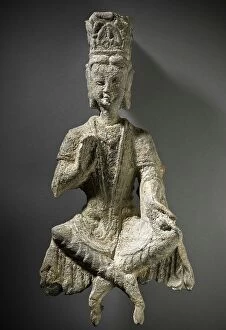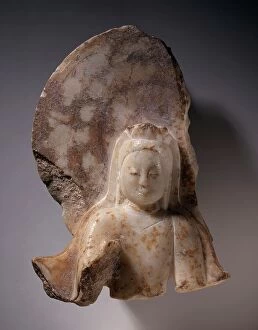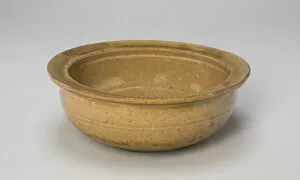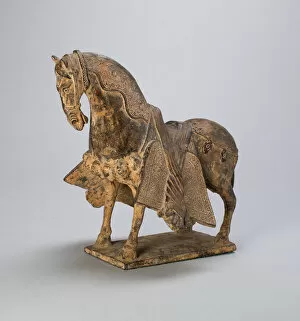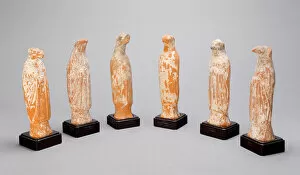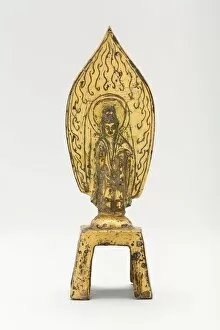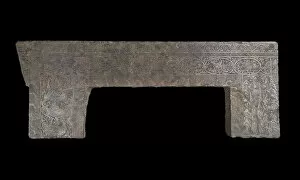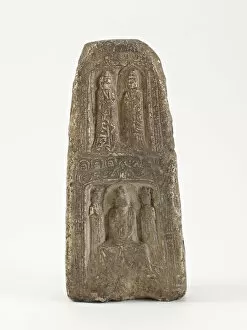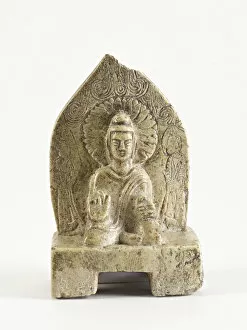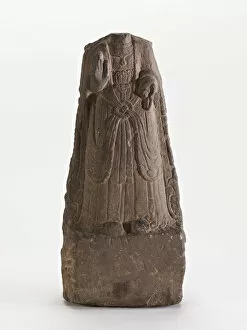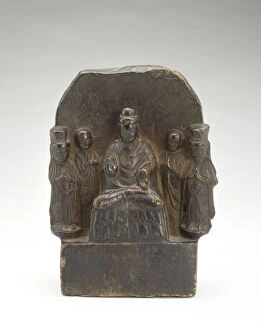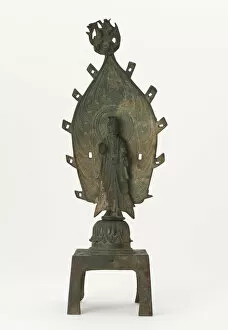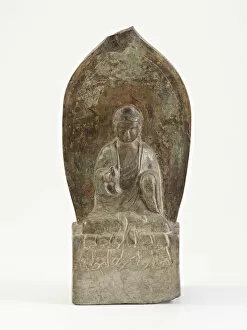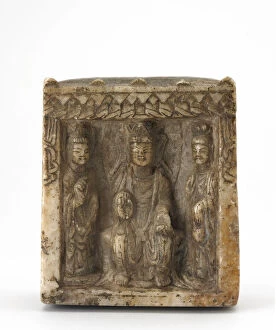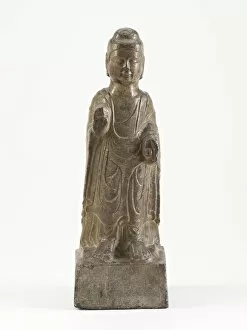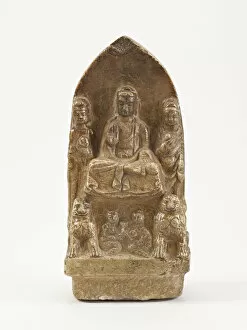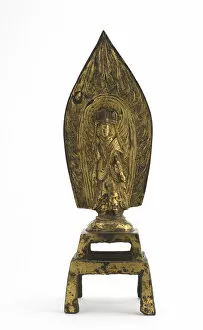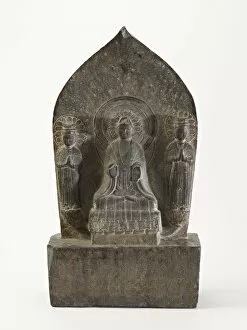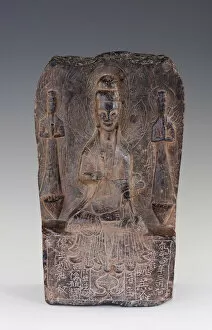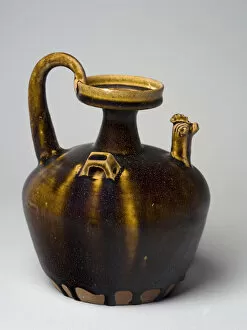Six Dynasties Collection
The Six Dynasties period, also known as the Southern Dynasties, was a time of great cultural and artistic development in ancient China
For sale as Licensed Images
Choose your image, Select your licence and Download the media
The Six Dynasties period, also known as the Southern Dynasties, was a time of great cultural and artistic development in ancient China. One prominent figure during this era was Liu Bei, also known as Xuande. His reign from 161 to 223 left a lasting impact on Chinese history. Among the remarkable artifacts from this period is a jar with six square loop handles. This exquisite piece showcases the intricate craftsmanship that flourished during the Six Dynasties period. Another masterpiece is the Bodhisattva statue from the Northern Wei dynasty, dated 524. Created by an unknown artist, it exemplifies the religious devotion and spiritual beliefs prevalent at that time. A jar with square handles dating back to around 450-500 A. D reflects both innovation and tradition in its design. It serves as a testament to the artistic evolution that occurred throughout these dynastic periods. A bowl from either the Six Dynasties or Tang dynasty represents continuity in ceramic production techniques while displaying unique decorative patterns characteristic of its time. The Military Official sculpture from Northern Wei dynasty portrays strength and valor through its depiction of a warrior wielding a long sword. This artwork captures not only military prowess but also societal values during this era. Panels from a funerary couch provide insights into burial customs and beliefs surrounding death in ancient China. These intricately carved pieces were created during Northern Wei dynasty around 525 AD. An early sixth-century Caparisoned Horse sculpture demonstrates exceptional skill in capturing movement and gracefulness through stone carving techniques employed by anonymous artisans of that time. Six Zodiac Figures crafted during Wei dynasty showcase Chinese fascination with astrology and celestial symbolism prevalent throughout various dynastic periods. A Buddhist Votive Stele dating back to Western Wei Dynasty (535-557) reveals religious devotion towards Buddhism within Chinese society at that time, serving as an important historical artifact for understanding religious practices then Seated Official statue originating from Northern Wei Dynasty depicts an esteemed government official, reflecting the importance of bureaucracy and governance during this period.

